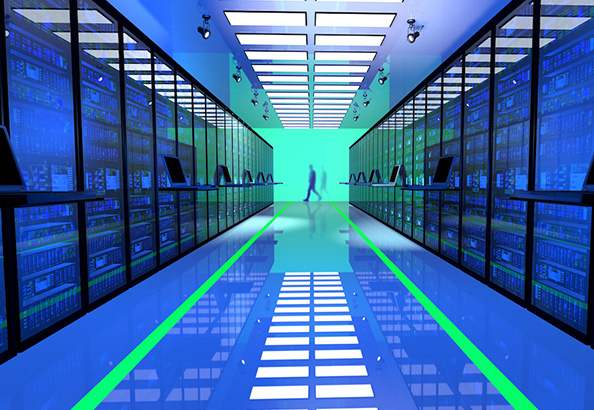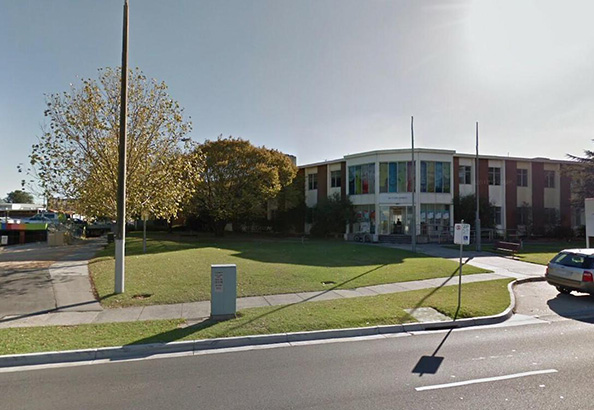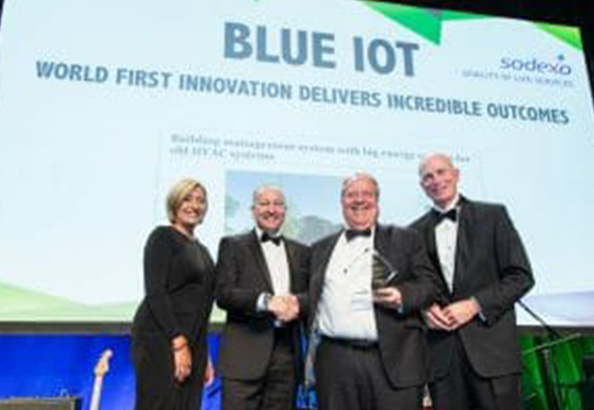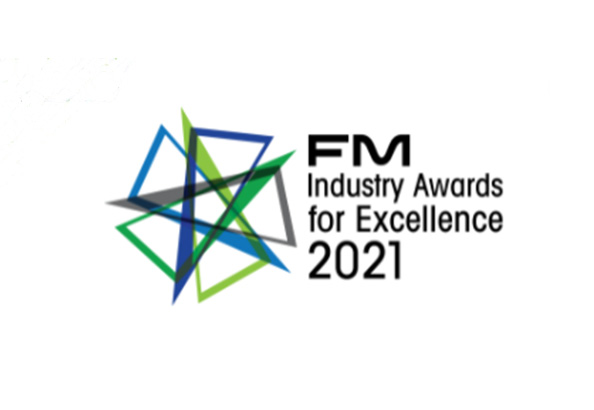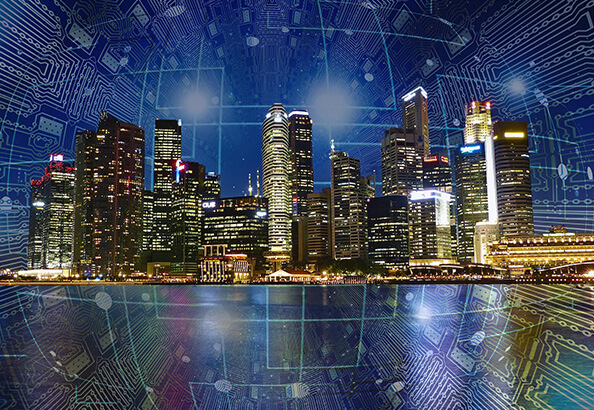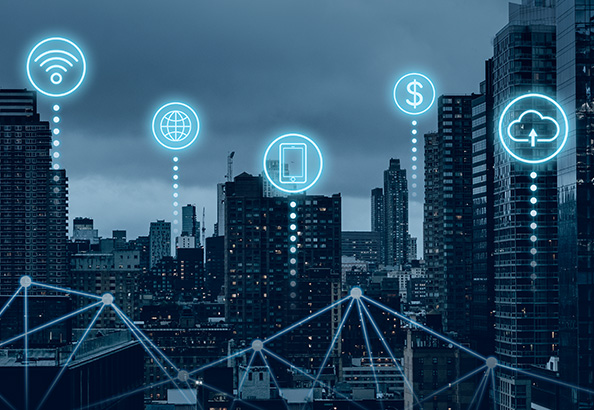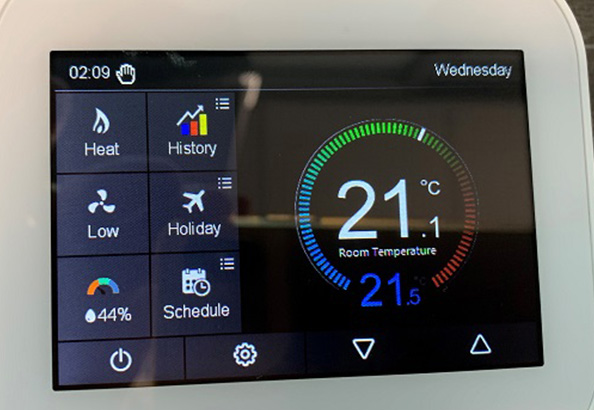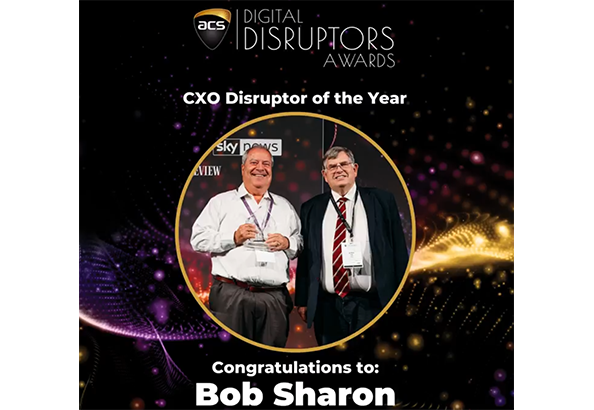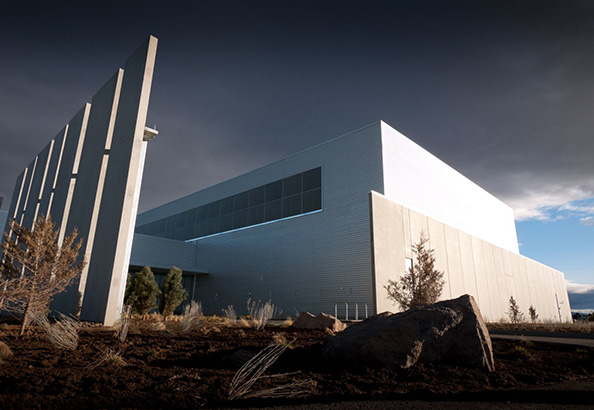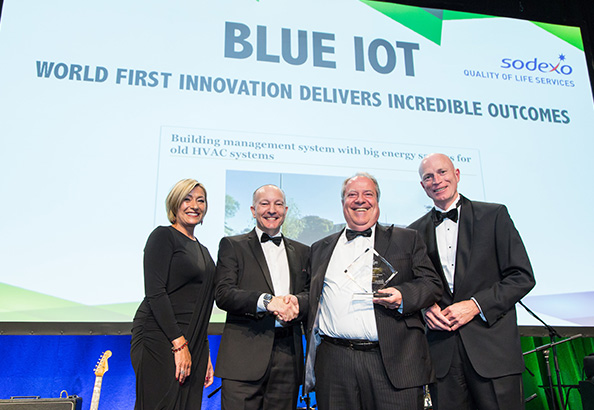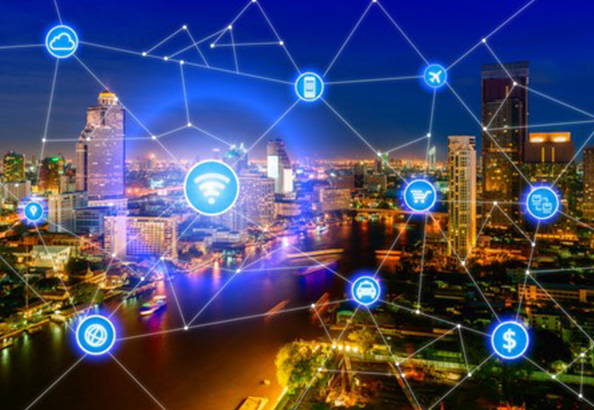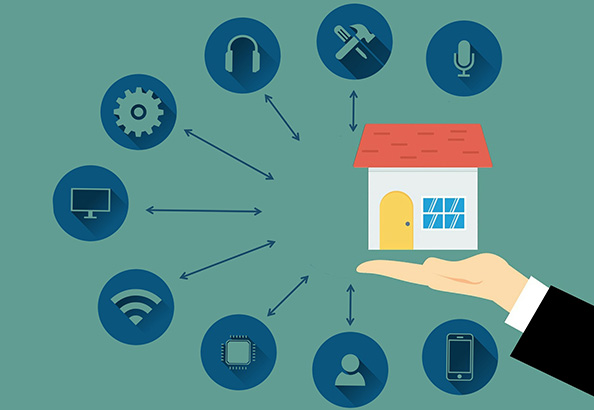Smart Buildings : Modern Trends in Building Automation
In the last couple of years, and for various reasons, society hurtled into the digital era. As we know, innovation is now the key to success in any business. The internet of things (IoT) is becoming the norm for homes. For instance, millions now own at least one intelligent product, such as televisions and personal digital assistants like Amazon Echo, Apple HomePod and Google Home. So, as more people become comfortable with smart technology at home, more will want the same convenience in their workplaces. Meanwhile, the more comfortable the office building, the higher the energy consumption.
The Rise of The Smart Buildings
Smart buildings are an important tool in reducing energy consumption. To deal with problems like increased population and climate change, we will need smart infrastructure that operates efficiently and saves energy. In the European Union, for example, 40% of energy consumption is attributable to existing buildings.
A smart building uses automated processes to control operations such as heating, ventilation, air conditioning, lighting, and security. Today, smart buildings utilise integrated networks, wireless, Internet of Things (IoT) devices to minimise energy use and environmental impact. The demand for this building type will increase significantly in the coming years. According to recent studies, the global smart building market is forecasted to grow to $127.09 billion by 2027, with a compound annual growth rate of 12.5%.
Smart Buildings Challenge
1. Space Utilization
Space utilisation is a major problem for smart building owners. In a 2015 study by CBRE, 40% of office space worldwide sat empty. In the U.S., true vacancy rates currently sit at more than 18%. Coming out of the pandemic and facing increased work-from-home scenarios, smart building owners are competing to create strategies to increase space utilisation.
Some technology suggestions to improve space utilisation include:
- Occupancy detectors and people counters
- Electronic access control and video surveillance
- Building systems software overlay
It is projected that deploying these technologies can result in annual savings of over $325,000 per floor.
2. Energy Management
According to the U.S. Department of Energy, 19% of the nation’s total energy consumption is attributable to buildings, of which 44% is used for HVAC-related operations like space heating, cooling, and ventilation. Increased space utilisation technologies, combined with smart BMS and enhanced energy management systems, can provide significant cost reductions.
3. Cybercrime Prevention
As buildings transition to IP and cloud-based solutions, the need for broad cyber protections must be a significant part of any strategy. This is another opportunity for integrators. Buildings magazine says, “A new trade is migrating into facilities management from the security system industry. Master systems integrators specialize in building and maintaining data plumbing, or the way Cloud computing systems are connected. The job is part IT, part facilities, and is the natural result of facilities management strategies that increasingly rely on networked devices.”
This means technology proliferation cannot be ignored in building management. The market will demand integrators offer these technologies and, in some cases, regulations will mandate it as well. Savvy integrators should recognise these trends and work with technology partners to develop solutions for this market ahead of the curve.
In addition to meeting customer demand, these solutions bring a strong ROI and better user experiences for the end user and managed services revenue for the integrator. Our industry, as well as most others, has hit a tipping point with Cloud-based, IoT and managed service offerings — they are no longer an option, but rather a requirement.
Technology in Smart Buildings
Many buildings have older cable plants that are being converted to IP networks, including full-scale wireless, creating building-wide networks that can be utilized for many different systems. Older, hardwired BMS systems are being replaced with smart IoT devices and Cloud-based control software. These new platforms give customers a single pane of glass to see security, fire, BMS and other integrated systems.
Buildings are all about increased efficiency and as they expand their IT and wireless infrastructure, smart devices can now be deployed virtually anywhere, creating more flexibility while reducing installation costs. The new platforms gather data from all systems allowing for better predictive maintenance and increased efficiencies.
Take The Leap Now
Smart homes, smart offices, smart buildings, smart cities, etc., are slowly becoming the norm. Either as a smart building owner or facilities manager, you must take a leap in this direction by good research and implementation. You can find companies specialising in this work to help bring your vision to life.
Blue IoT is a disruptive and innovative smart cities vendor and integrator renowned for ‘Encompass Blue‘ – the world’s first IoT platform suite for smart cities management. Together, with Encompass Blue, we can be a part of a carbon net-zero world. Let’s work towards a better future for our planet and the people on it.
Every thought matters! We’ll be pleased to discuss smart buildings with you.
Related News
Founder and CIO - Bob Sharon
Are data centres still big energy guzzlers?
Blue IoT & Encompass Blue
Building management system with big energy savings for old HVAC systems
Awards
Announcing the 2019 IoT Award winners
Blue IoT & Encompass Blue
Blue IoT and Yotta join forces to bring asset management and smart building and environmental services to customers worldwide
Awards
Congratulations to the Finalists of the FM Industry Awards for Excellence 2021
Blue IoT & Encompass Blue
Carbon Neutrality: The World’s Most Urgent Mission
Blue IoT & Encompass Blue
Blue IoT Joins the Smart Building Certification Partner Ecosystem
Blue IoT & Encompass Blue
Blue IoT in growth mode, with an award to boot
Blue IoT & Encompass Blue
Yotta and Blue IoT join forces to bring asset management and smart building and environmental services to customers worldwide
Blue IoT & Encompass Blue
Smart City Definition and Why Do We Need Them
Blue IoT & Encompass Blue
Remote-control energy efficiency system halves consumption for Melbourne client
Awards
Announcement of Global FM Awards of Excellence 2020
Awards
The Winner of 2022 ACS Digital Disruptors Awards Revealed
Founder and CIO - Bob Sharon
If you like data, then take a look at how much energy it uses
Awards
FM Industry Award winners announced
Blue IoT & Encompass Blue
City of Greater Dandenong saves energy with Encompass Blue
Awards
Blue IOT Have Been Honoured to be a Finalist in the AFE Honors
Blue IoT & Encompass Blue
The Importance of Integration with Building Management System
Encompass Blue by Blue IoT is the world's first IoT smart cities platform suite, which delivers world-leading savings of 20 to 50% of total energy use, maintenance costs, and the subsequent carbon footprint.



